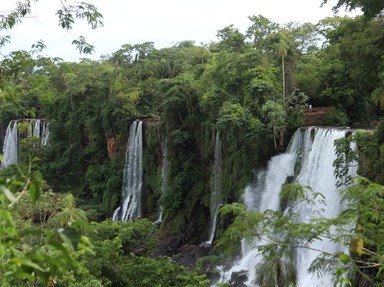
Animals of South America Trivia Quiz
In my series on the wildlife per region, we arrive now at South-America - a good source of biodiversity. Collect only the animals native to South-America (including the Galapagos islands), while disregarding animals from else in the world.
A collection quiz
by JanIQ.
Estimated time: 3 mins.